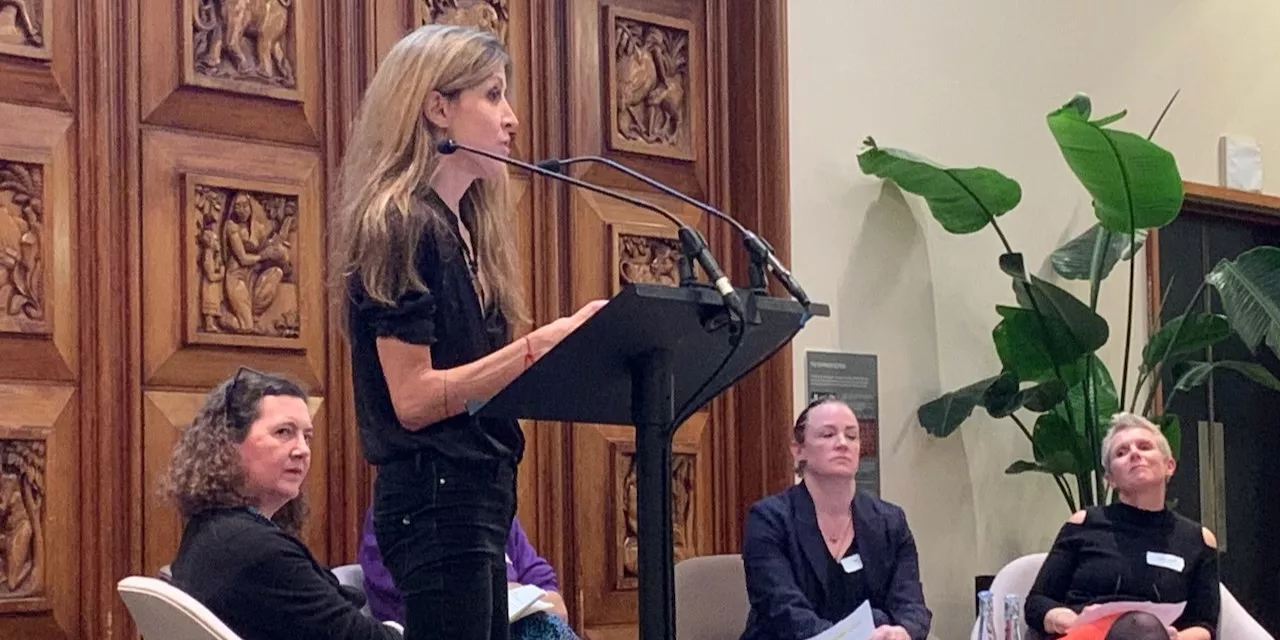
Collaboration and challenge
Collaboration is a word that can be interpreted in various ways, some viewing it as a nice to-have-if-it-suits concept, but perhaps too close to compromise than resolution.
I take a more robust approach and in my inaugural address last June on becoming President of the CIOB, I called on construction professionals to have the confidence of their skill and training to collaborate constructively, to question when there is doubt. In short, to step out of their comfort zone and work together to challenge the status quo.
Last week the confidence to challenge was writ loud and clear at a conference that was a great example of collaboration between five professional institutions - CIOB, the Royal Institution of Chartered Surveyors (RICS), the Royal Town Planning Institute (RTPI), the Landscape Institute (LI) and hosts the Royal Institute of British Architects (RIBA) - titled ‘Addressing gender inequity in the built environment’. RIBA’s new CEO Dr Valerie Vaughan-Dick MBE FRCGP (Hons)-Dick set the scene in her opening remarks, speaking about a senior manager at her first job describing how Jamaican nurses were particularly welcome in the NHS on account of their big breasts. She spoke out then and has continued to do so, giving examples from her years of experience at the top of male dominated organisations.
In the following session civil engineer Rachel H. recounted how, after three years working with a contractor, one of the best things about her recent move to a consultancy was being called by her actual name, not “love” or “darling”. And she didn’t miss being told by colleagues how they imagined her naked. An architect described how she was asked if she would stay in the industry, when she announced she was pregnant.
So a robust start, plus a collection of startling statistics too, e.g. the gender pay gap is three times higher for women over 40 compared with women in their 20s, a woman with two children on average earns 20% less than a childless woman, but a man with two children earns on average 23% more than a man without children.
But the emphasis of the day was on finding solutions and encouraging change, with some great speakers including Alesha De-Freitas MBE from the Fawcett Society, Elliott Rae representing the realities of work-life balance from a male perspective, and Louise Regan-Alexander giving three tips: stop asking job applicants what they are currently earning, sort out routes to promotion, and encourage take-up of paternity leave. We also heard about the great work being done at RIBA around safe design from the female viewpoint.
Read more
The event also marked the launch of a book celebrating 100 women architects from around the world that importantly focuses on their work, not simply their gender.
In my summing up of the afternoon, I pointed out that it is important to recognise that many of the changes needed to improve gender inequity are changes that benefit everyone. We had heard from Elliot Rae and other speakers on the need for paternity leave and flexible working. We need more people to deliver the built environment that society (and that’s all of us) needs and wants.
I shared my shock to read on LinkedIn just a few days ago a post from a recruitment agent who said that the only way to a successful career in the industry was if you are willing to make the following sacrifices:
- take on a project far from home
- be away from your family
- miss reading bedtime stories
- miss birthdays
- go to site over the weekend
- do seven days a week at handover time.
When somebody challenged this culture, she was subject to personal abuse from the recruiter. But it is increasingly clear that many men are challenging the culture of the industry, not to mention the levels of stress and high suicide rates linked to wellbeing.
In summing up, I drew a parallel with an approach to consultation on projects shared with me some years ago. We need to move from DAD (Decide, Announce and Defend) to MUM (Meet, Unite and Move forward). The issues have been clear for 30 years, and there are examples of how to change, so let’s collaborate and challenge to address gender inequity in the built environment now to benefit all.
Many thanks to Lienkie Diedericks at the RIBA, Mark Harrison and Elena Dove-Edwin at CIOB and all the other speakers and representatives from our sister professional bodies.

Contact our Press Office
We welcome requests for information, comments and interviews from journalists across the globe so please feel free to contact us: